Bharatanatyam, from Tamil Nadu.
Kathak, from Uttar Pradesh.
Kathakali, from Kerala.
Kuchipudi, from Andhra Pradesh.
Manipuri, from Manipur.
Mohiniyattam, from Kerala.
Odissi, from Odisha.
Sattriya, from assam.
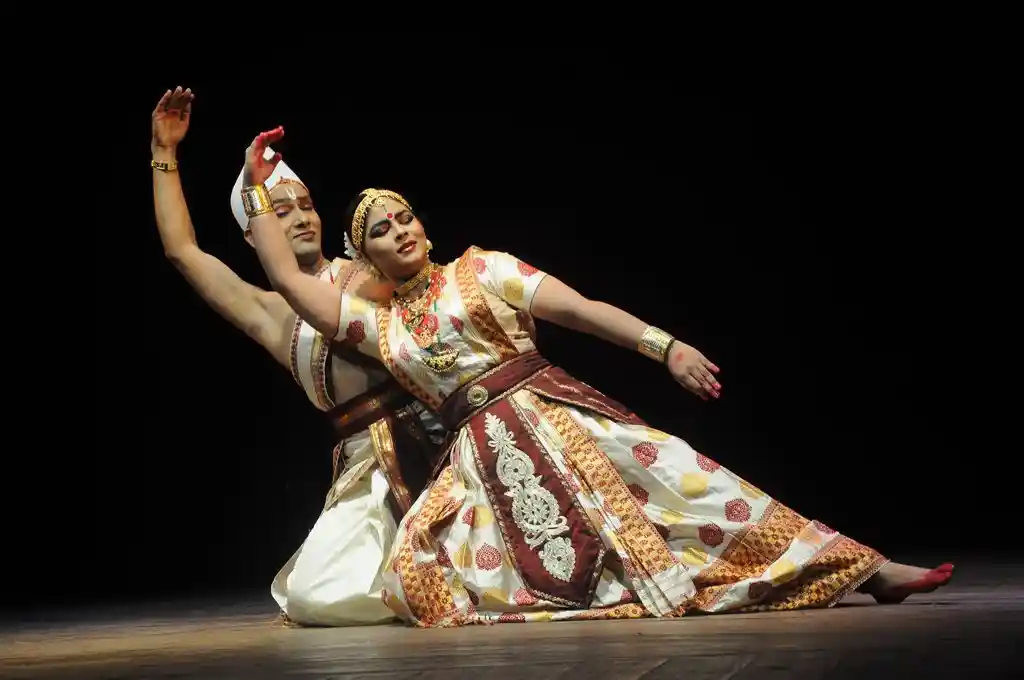
Odissi is one of the classical dance forms of India, originating from the state of Odisha. It has a history that dates back over two thousand years. Odissi is characterized by its fluid and graceful movements, intricate footwork, and expressive facial expressions. Dancers often depict mythological stories, devotional themes, and narratives through a repertoire of mudras (hand gestures), bhavas (emotions), and rhythmic patterns. The dance is performed by both solo artists and groups, with elaborate costumes, jewelry, and makeup enhancing the visual appeal.
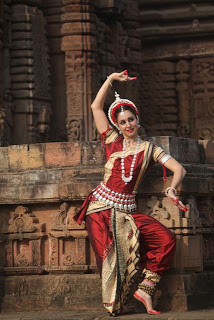
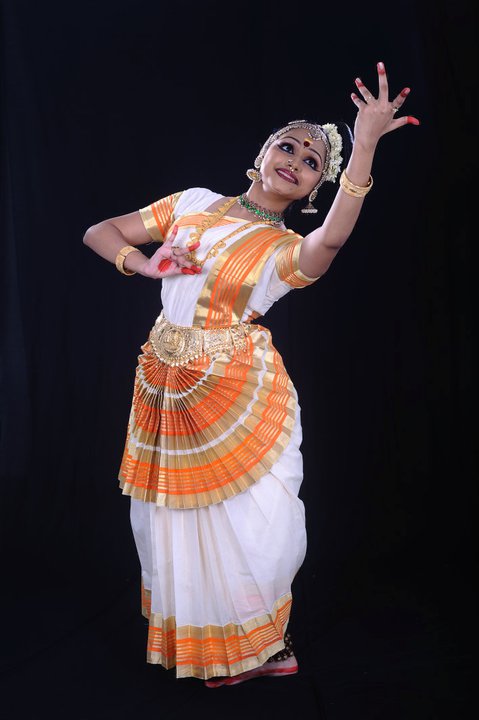
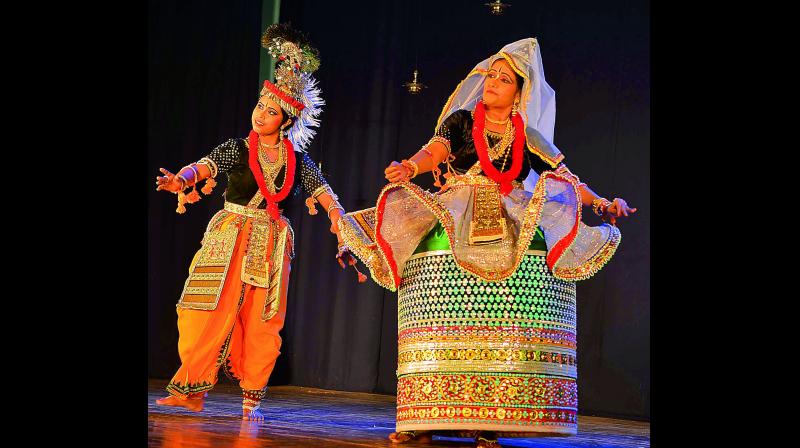
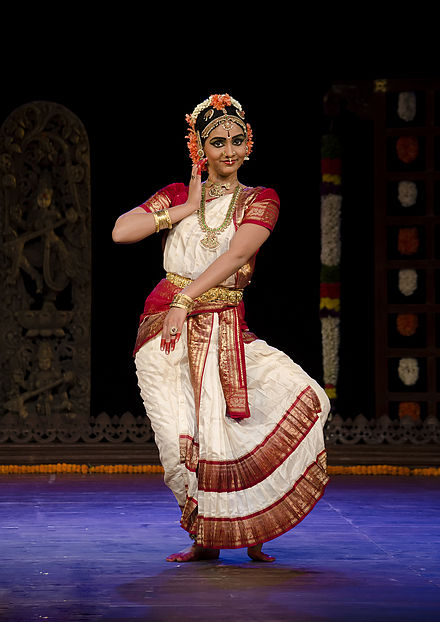
Kuchipudi is known for its dynamic footwork, fast movements, and dramatic storytelling. It incorporates both dance and acting, often featuring mythological stories from Hindu epics. The dance form includes graceful movements, intricate hand gestures (mudras), and expressions, along with the use of rhythmic patterns.
Dancers in Kuchipudi typically wear colorful costumes adorned with traditional jewelry, and performances are accompanied by classical Carnatic music. The versatility of Kuchipudi allows it to encompass both solo and group performances, making it a significant and captivating part of India’s classical dance heritage.
Kuchipudi is a classical Indian dance form that originated in the village of Kuchipudi in the southern state of Andhra Pradesh. Rooted in ancient traditions, this captivating dance style seamlessly weaves together elements of dance, acting, and singing to convey narratives from Hindu mythology.
The history of Kuchipudi can be traced back to the Bhakti movement in the 7th century, where it was initially performed by Brahmin males in temples as a devotional art form. Over time, the dance evolved and expanded its repertoire, incorporating stories from the epics, Puranas, and other classical texts.
One of the distinctive features of Kuchipudi is its emphasis on storytelling through expressive dance movements. Dancers, both male and female, skillfully use intricate footwork, fluid body movements, and vivid facial expressions to portray characters and convey emotions. The dance form is known for its dynamic nature, seamlessly transitioning between rhythmic patterns and lyrical sequences.
The traditional costume of Kuchipudi includes vibrant sarees for female dancers and dhotis for males, adorned with elaborate jewelry and accessories. The makeup is also striking, with bold eye makeup and adorned hairstyles contributing to the visual appeal.
Musically, Kuchipudi is accompanied by traditional Carnatic music, and the performances often feature a vocalist, instrumentalists, and percussionists. The rhythmic patterns, known as ‘nritta,’ and the expressive elements, known as ‘nritya,’ come together to create a captivating performance that engages both the intellect and the emotions of the audience.
Kuchipudi has transcended its traditional roots and gained recognition on the global stage. Dancers worldwide have embraced and adapted this art form, contributing to its continued evolution. Today, Kuchipudi remains a symbol of cultural richness, reflecting the heritage and artistic prowess of the Indian subcontinent.
In conclusion, Kuchipudi stands as a testament to the cultural heritage of Andhra Pradesh and India at large. Its blend of dance, acting, and music creates a mesmerizing spectacle that not only entertains but also preserves and shares the rich narratives of Hindu mythology. As Kuchipudi continues to enchant audiences worldwide, it reinforces the timeless beauty and significance of classical Indian arts.
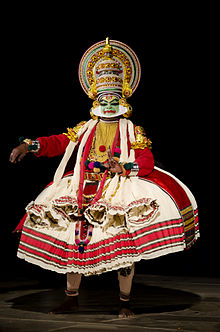
The dancers in Kathakali wear intricate costumes and distinctive makeup that includes exaggerated facial expressions. The movements are stylized and defined by strong footwork, intricate hand gestures (mudras), and facial expressions (rasas). The performances are accompanied by traditional Carnatic music and percussion instruments.
Kathakali is recognized for its elaborate and captivating storytelling, where the characters often portray various emotions and mythological narratives. It holds a unique place in India’s cultural heritage, showcasing the rich traditions of Kerala.
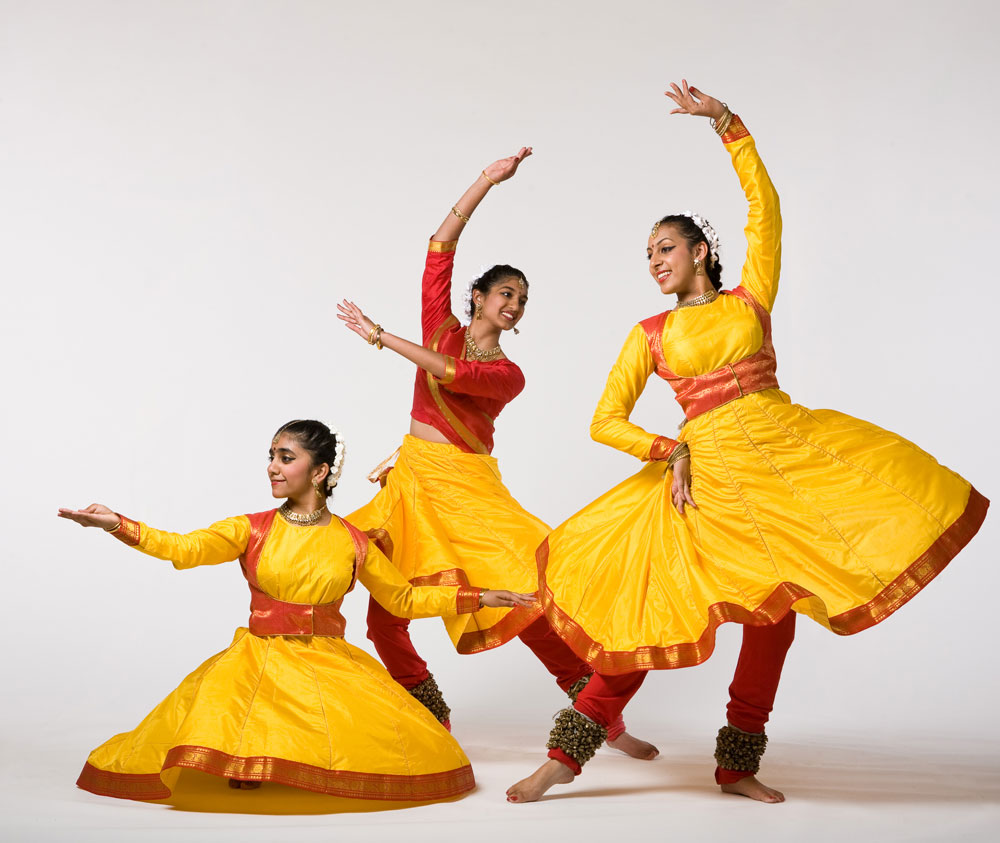

Description about Bharatnatyam..
A description of precursors of Bharatanatyam from the 2nd century CE can be found in the ancient Tamil epic Silappatikaram, while temple sculptures of the 6th to 9th century CE suggest dance was a refined performance art by the mid-1st millennium CE. Sadiraattam, which was renamed Bharatanatyam in 1932, is the oldest classical dance tradition in India. Bharatanatyam is the state dance form of Tamil Nadu
Bharatanatyam contains different types of banis. Bani, or “tradition”, is a term used to describe the dance technique and style specific to a guru or school, often named for the village of the guru. Bharatanatyam style is noted for its fixed upper torso, bent legs and knees flexed (Aramandi) combined with footwork, and a vocabulary of sign language based on gestures of hands, eyes, and face muscles. The dance is accompanied by music and a singer, and typically the dancer’s guru is present as the nattuvanar or director-conductor of the performance and art. The performance repertoire of Bharatanatyam, like other classical dances, includes nrita (pure dance), nritya (solo expressive dance) and natya (group dramatic dance)
Sadiraattam remained exclusive to Hindu temples through the 19th century. It was banned by the colonial British government in 1910, but the Indian community protested against the ban and expanded its performance outside temples in the 20th century as Bharatanatyam. Modern stage productions of Bharatanatyam have become popular throughout India and include performances that are purely dance-based on non-religious ideas and fusion themes.The Thanjavur Quartet developed the basic structure of modern Bharatanatyam by formalizing it.